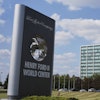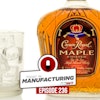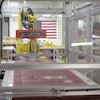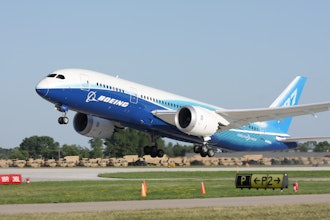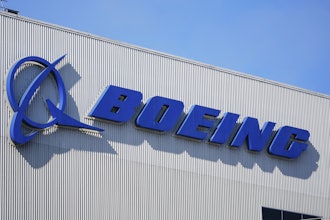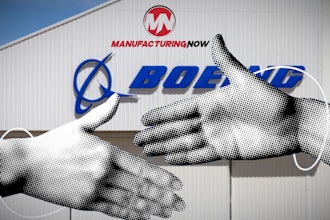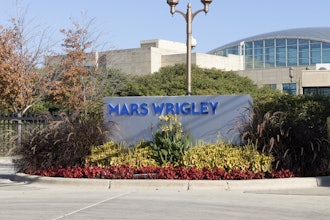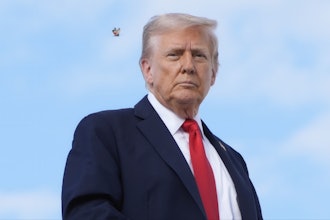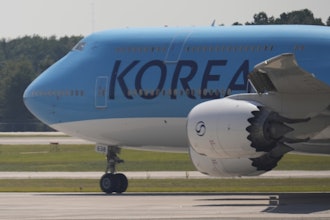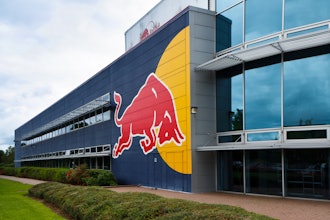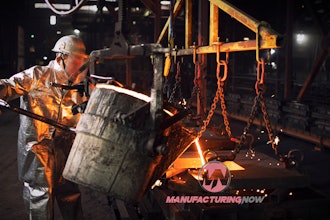How innovative shapes and sizes are producing competitive advantages.
Long viewed as a traditional packaging type, metal cans are about to be shaken up by the commercialization of innovative shapes that deliver a strong marketing message. Although the familiar cylindrical shape won't disappear any time soon, the technology is now in place which makes the production of shaped metal cans at commercial quantities a viable option for forward thinking marketers.
Additionally, with the emergence of sustainability as a critical driver for packaging decisions, metal as a preferred material choice will now be even further bolstered by food packagers who want to make a marketing splash, while still achieving it in the most sustainable way possible.
Look for the earliest adopters to be niche products and high-volume, multinational brands for food and beverage applications.
Benefits of metal
Sustainability has become a critical driver in most packaging decisions being made today. As such, it's important to point out the superior environmental position that metal containers enjoy. According to the Steel Recycling Institute and The Aluminum Association, respectively:
• 63% of steel cans are recycled
• steel (tin plate) cans are made from 32% recycled content
• 52% of aluminum cans are recycled
• aluminum cans are made from 41% recycled content
Not content to rest on its past environmental accomplishments, metal can manufacturers continue to work on ways to improve upon their already impressive environmental impact numbers.
Shaped metal containers differentiate
Chart A (Click image for larger version.)
With consumers making more than two-thirds of buying decisions at point-of-purchase, food packagers need to be aware that marketing communication has moved from advertising to the retail outlet. Most of the time, your packaging statement is going to determine whether or not your product stays on the shelf or ends up in the shopping cart.
How do you break through the communication clutter when you only have an average of only three seconds to catch the consumer's attention? One of the answers is by creating shelf contrast via shape and color. Not only does your package need to differentiate itself, but it also needs to offer the consumer the most desirable functionality attributes - and this is where metal excels.
Shape communicates instantly - there is no reading required. Shape creates memorable and recognizable branding.
Innovative, shapely designs which support brand positioning, coupled with a complimentary color pallet help contemporize metal packaging and the products they contain. Further, technologies have evolved in recent years which have enabled shaped can production efficiencies and quality - in both aluminum and steel - to compare favorably with traditional metal.
Both premium-niche and high-volume shaped cans continue to enter the global marketplace monthly. In many cases, these launches are achieving sales increases through product differentiation and enhanced functionality. According to recent research by IPSOS Qualitative Study, a sample of more than 900 consumers and nearly 70 packages in Brussels, Tokyo and Sao Paulo - revealed that shape and color subconsciously contribute to consumer decision-making. (See chart A)
Shaped containers instantly communicate "upscale and sophisticated" cues. Curves, sharp edges, slopes, tapers, panels, ridges, etc., can be used to non-verbally communicate desired brand imagery.
Further, shaped containers enable additional functionality to be engineered into the structure. For example, shaped containers can be made easier to grip, open and dispense.
Materials & technologies
Commercial applications of shaped metal cans are emerging globally. New grades of metal are being developed to handle the rigors of shaping technologies. Flexible, strong and lightweight are the key attributes of this new metal generation.
Shaping technologies currently being used include:
Embossing
registered
Registered embossing uses a laser guided registration feature to emboss patterns on the length of drawn and ironed can bodies.
Single station machines are typically used in a lab to create one can at a time. This machine is used for embossed label development and limited marketing samples for fillers. Many companies who have production models also have a single station unit for this purpose. The production machine can feature up to 24-stations with identical embossing tooling. This is rotary equipment, so with each revolution of the turret, 24 cans are embossed at speeds of up to 1,500 cans per minute.
patterns
Pattern embossing was originally used to strengthen containers and now enables the creative use of beaders and engravers. These units are idea for horizontal beading, vertical beading/fluting and diamond or other patterns.
Draw redraw (DRD)
Draw redraw is a traditional can making technology, which can also create shaped containers by contouring its tooling. The draw redraw method feeds a coil or sheet into a cupping press. A round disc is cut and the cup is drawn or punched. The process can be single or multi-lane. High speed production is possible if the production is properly configured.
Bottles
Impact extrusion
Impact extrusion is commonly used to manufacture aluminum bottles. First, aluminum discs (slugs) are stamped out. The slug is then formed into a one-side open cylinder. The can is then trimmed and coatings/printing is applied. Finally, a series of tools are used for necking, shaping and curl formation. This technique allows full body shaping, as well as embossing, debossing and asymmetrical execution. Speeds of up to 200 cans per minute are possible.
Pressure ram forming
Pressure ram forming expands an aluminum perform - up to 70 percent - via temperature, pressure and ramming force. Symmetrical or asymmetrical shapes, as well as embossing, are possible with this technology. However, due to low speeds (up to 26 cans per minute), this process only lends itself to prototyping and ultra-premium packaging.
Hydro forming
Hydro forming uses fluid and axial compression to apply pressure to a cylinder inside a shaped mold (up to 30 percent expansion is possible). It is typically used for prototypes, aerosol containers and for automotive applications. Output is approximately five containers per minute.
Mechanical shaping
spin flow shaping
Spin flow shaping is a more aggressive evolution of spin flow necking and relies on rolling and pressing technology. Suited for round and/or symmetrical shapes, it can achieve speeds of up to 600 cans per minute.
stretch forming
Stretch forming forces tapered dies into the top and bottom of the can. A single stroke operation or a progressive, multi-step process can be used to stretch/form/expand the metal container, yielding up to 16 percent expansion. Speeds of up to 800 cans per minute are possible.
body shaping
Body shaping relies on cam-driven facets which expand inside a (aluminum or steel) cylinder to form the shape. This can be done via one step, or two - where the ends are stretch formed first, followed by body expansion. Up to 25 percent expansion is possible at speeds up to 800 cans per minute.
Processor benefits
Converting from traditional cans to shaped alternatives is a cost-effective way for food processors to gain marketing benefits without sacrificing quality. In addition to enabling the continued use of canning assets, packagers benefit by retaining their superior processing reliability.
Customers also benefit by purchasing products in packaging which is durable, tamper evident and provides a long shelf life.
